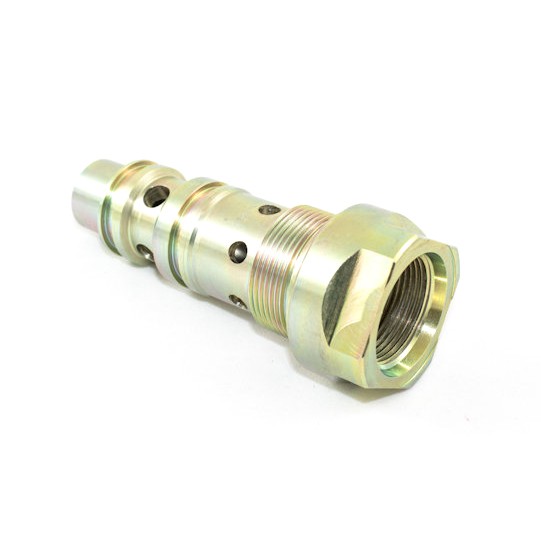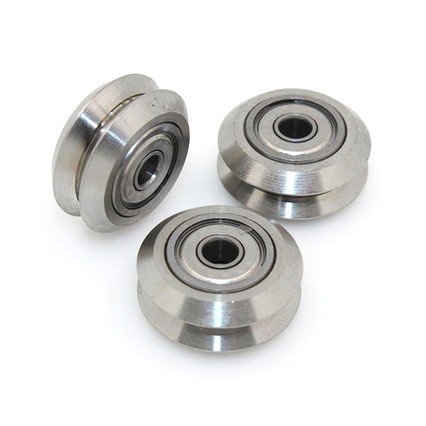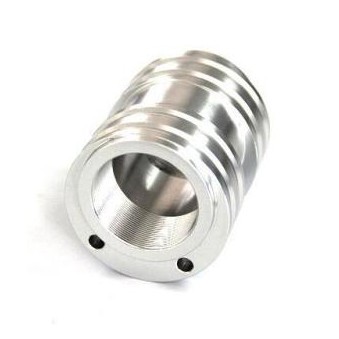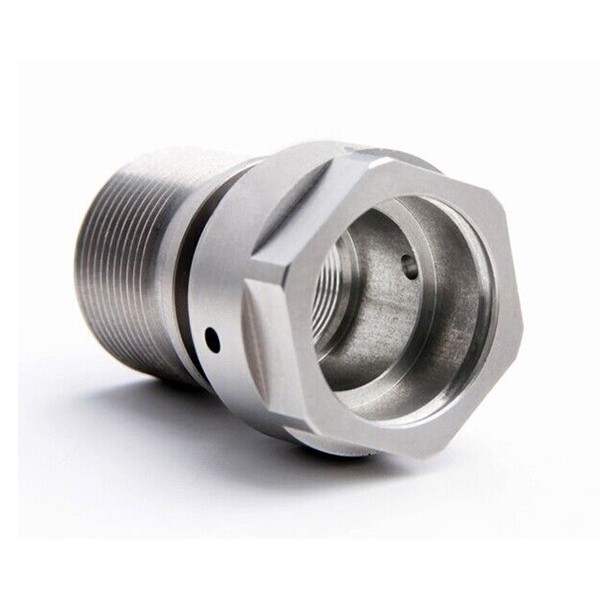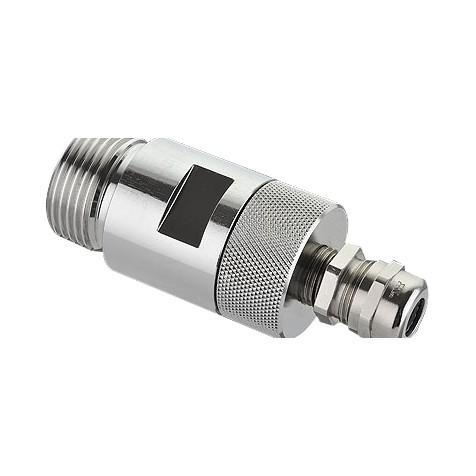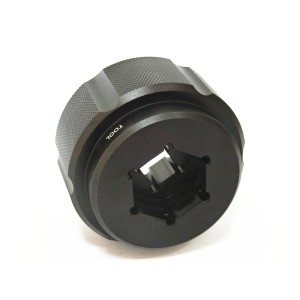Lathe parts processing
1. Easy to ensure the accuracy of each machining surface of the workpiece; During processing, the workpiece rotates around a fixed axis, and each surface has the same rotation axis, making it easy to ensure the coaxiality requirements between the processing surfaces;
2. The cutting process is relatively stable; Except for intermittent surfaces, the machining process of a lathe is generally continuous, unlike milling and planing. In a single cutting process, the tool teeth have multiple cuts in and out, producing impacts;
3. Suitable for precision machining of non-ferrous metal parts; Some non-ferrous metal parts, due to their low hardness and good plasticity, are difficult to achieve a smooth surface using other processing methods;
4. Simple cutting tools; Turning tool is the simplest type of tool, which is easy to manufacture, grind, and install, making it easy to choose a reasonable angle according to specific machining requirements

